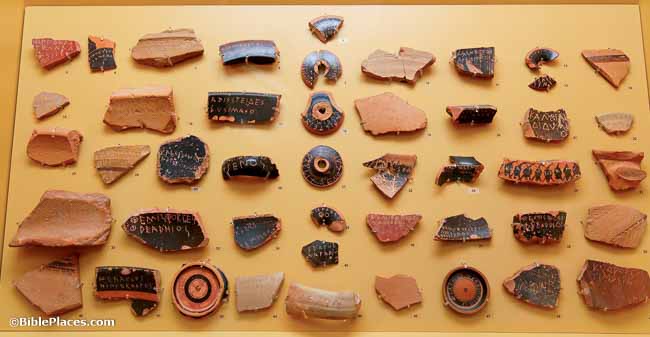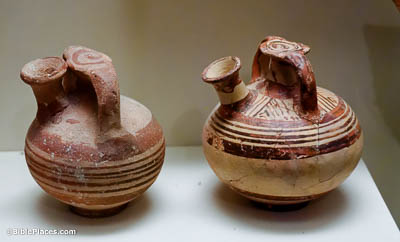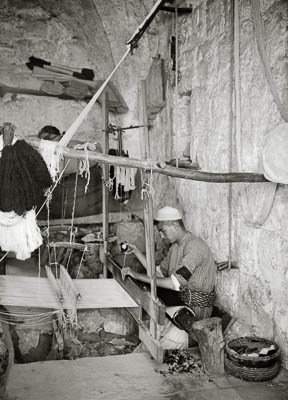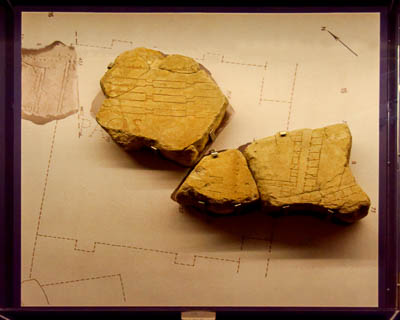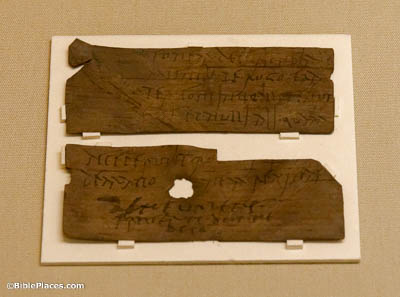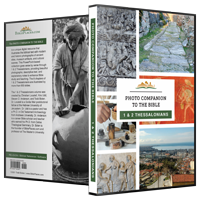Keep away from every brother who leads an unruly life (2 Thessalonians 3:6).
In a social context, to “keep away” means to shun. The ancient Greeks practiced a formal kind of shunning known as ostracism. Ostracism in ancient Greece required a minimum number of votes, recorded as names scratched on potsherds and submitted to city officials when an ostracism was under question. Numerous ostraca of this kind appear in this photo. If a person was ostracized, they were required to leave the city for 10 years, on pain of death. While the purpose and method of Greek ostracism differed from what is described here by Paul, the end result was similar.
